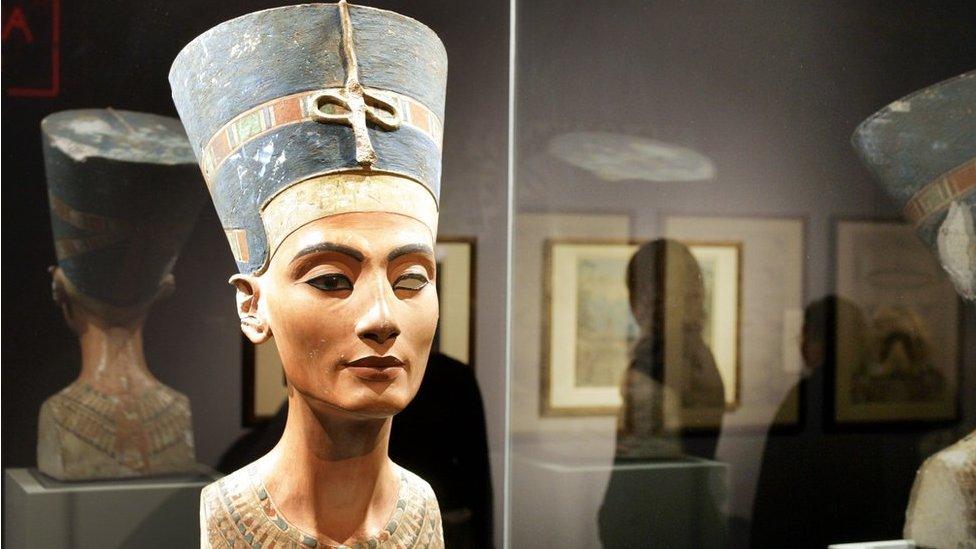Tutankhamun's tomb restored to prevent damage by visitors
- Published
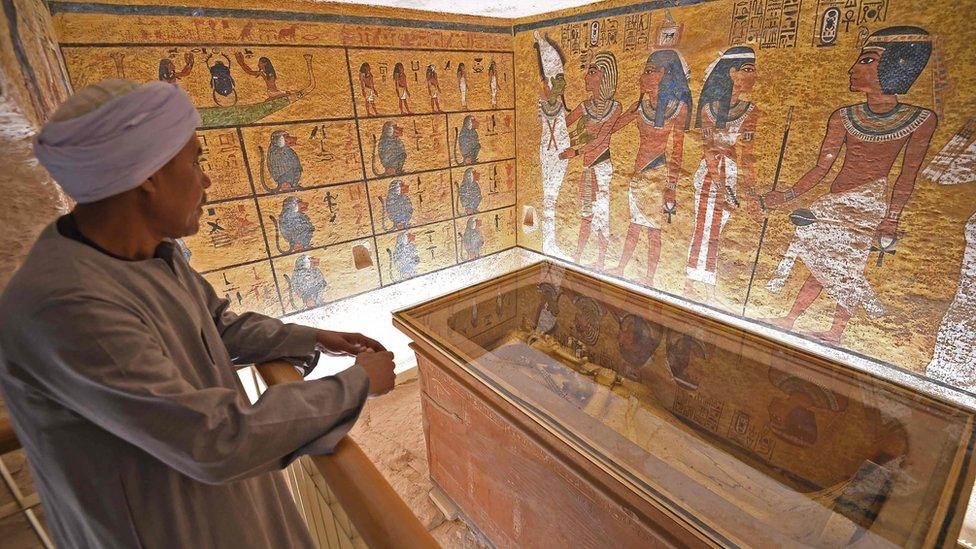
A nine-year project has been completed to restore the tomb of ancient Egypt's boy king, Tutankhamun, and address issues that threatened its survival.
Experts from the Getty Conservation Institute repaired scratches and abrasions on the wall paintings caused by visitors to the burial chamber.
The paintings were also affected by humidity, dust and carbon dioxide introduced by every person who entered.
A new ventilation system should reduce the need for future cleaning.
New barriers will restrict physical access to the paintings, while a new viewing platform, lighting and interpretive signage will also allow visitors to better see the tomb and understand its historical and cultural significance.
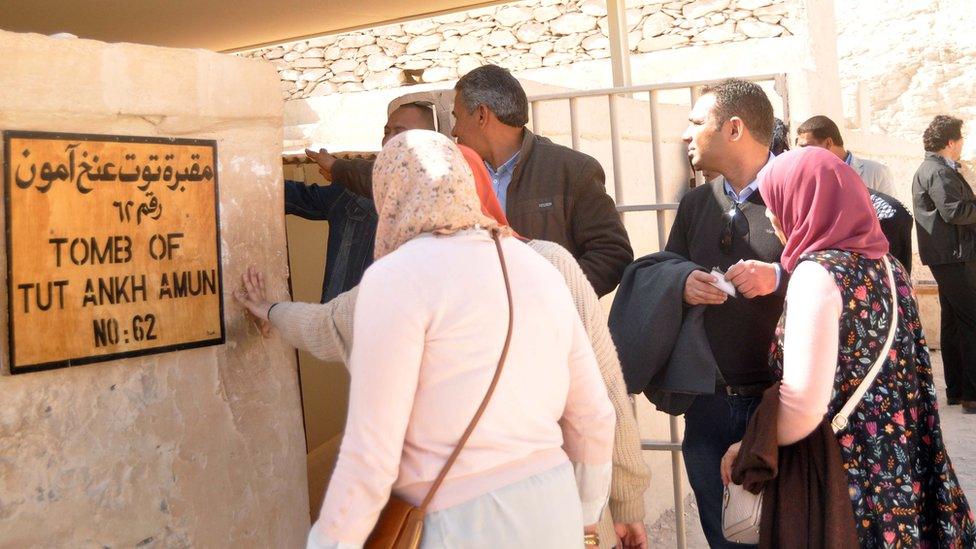
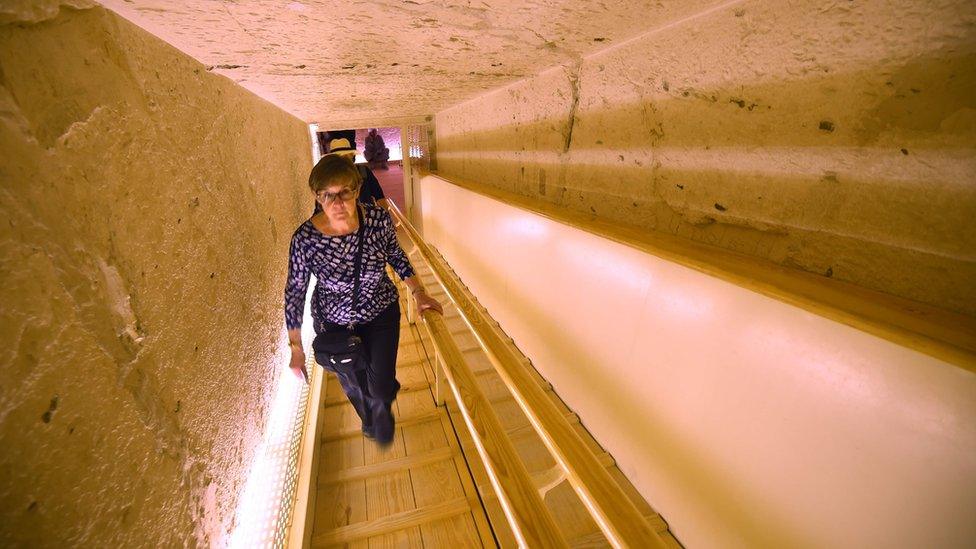
"We wanted to design a sustainable system that can hold up to visitors every day, and you also wanted to have a low impact on the archaeology itself," Sara Lardinois, a project specialist at the Getty Conservation Institute, told Reuters news agency.
"You can't attach to the floor, ceiling or wall, so you have to design all of those components to be self-supporting in a way so they don't damage any historically significant features."
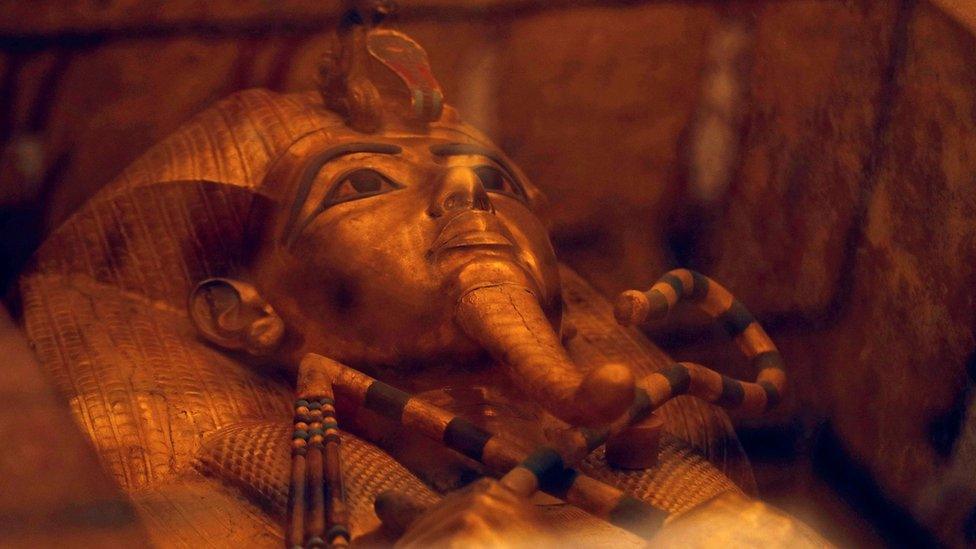

The experts also concluded that brown spots found on the wall paintings were growths left by microbes that were long dead and were no longer a risk.
The spots were not removed because it was found that they had penetrated the paint layer.


Tutankhamun's tomb was discovered in the Valley of the Kings, near Luxor, in 1922 by the British archaeologists Howard Carter and George Herbert, the fifth Earl of Carnarvon.
It is the only tomb dating from the pharaonic New Kingdom (1550BC-1069BC) to have been found substantially intact, and its contents provided an insight into royal funerary practices, art and craftsmanship of the period.
Although most of the objects are now in the Museum of Egyptian Antiquities in Cairo, visitors to the tomb can still see Tutankhamun's mummy, the outermost wooden coffin, and a quartzite sarcophagus, as well as the paintings depicting his life and death.
.
- Published6 May 2018
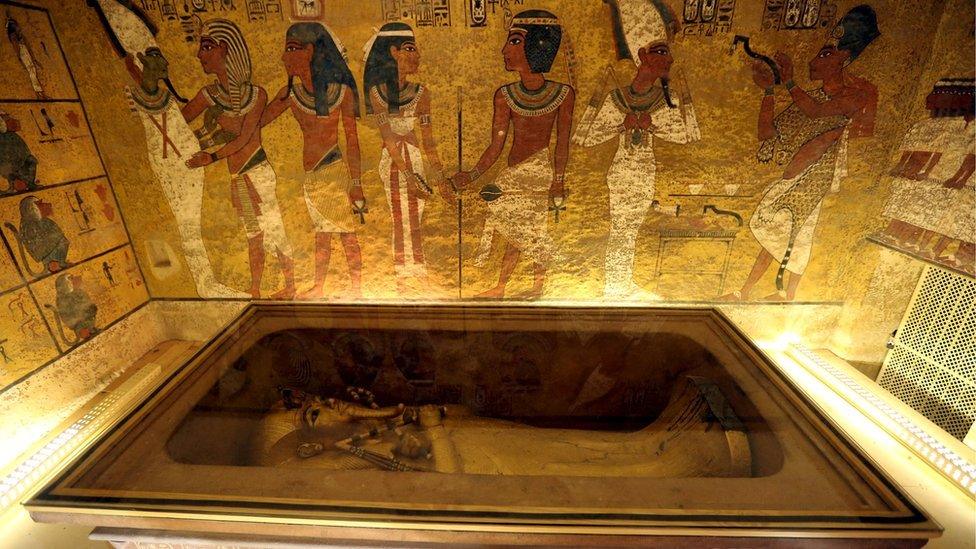
- Published23 January 2016
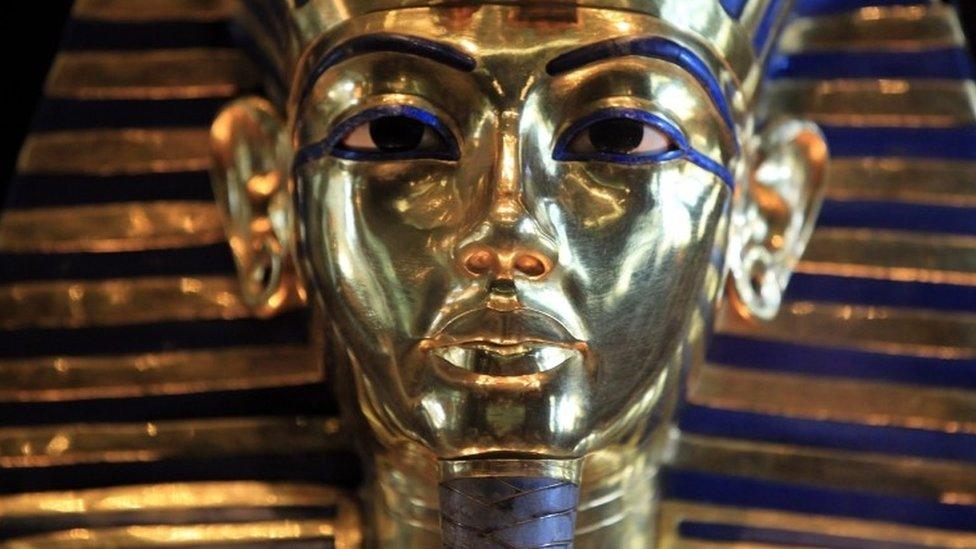
- Published8 November 2013
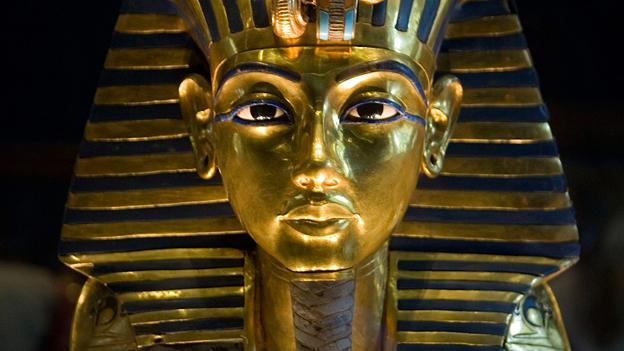
- Published11 August 2015
